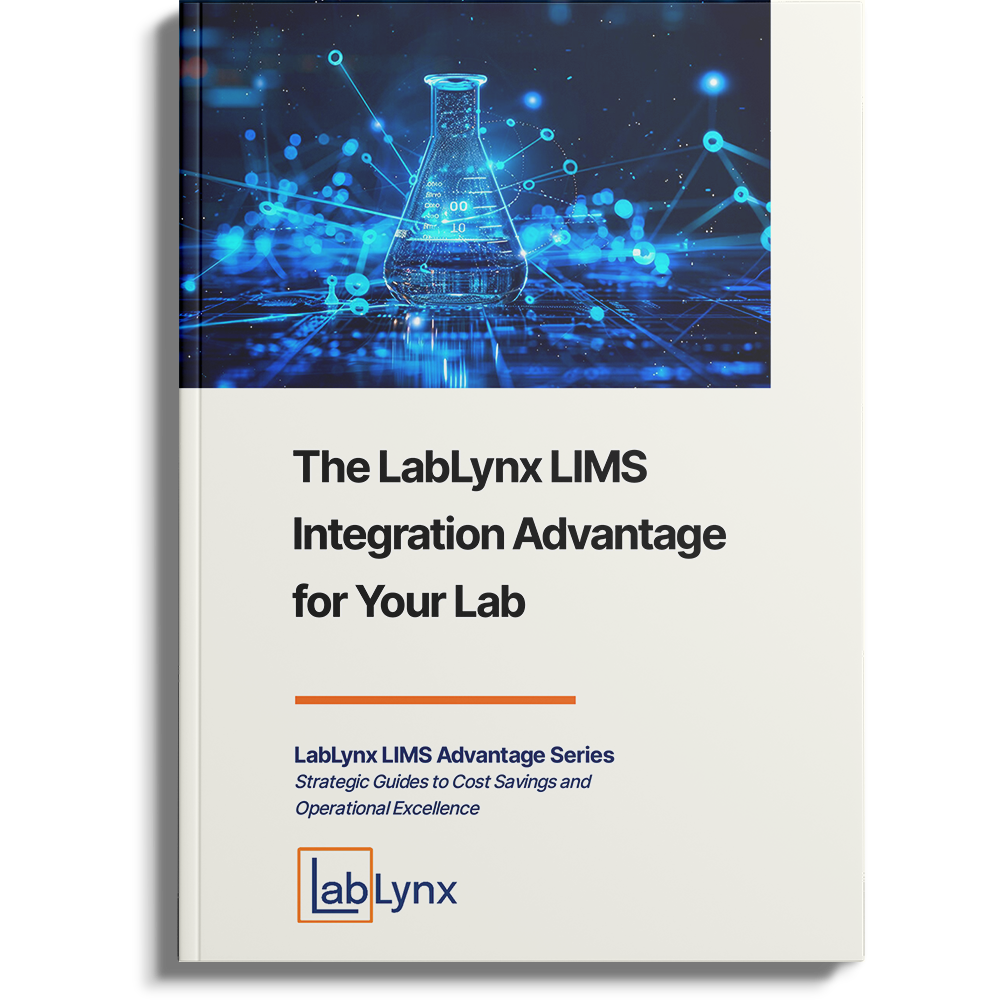
Alzheimer’s disease (AD) is a progressive neurodegenerative disorder affecting memory, behavior, and cognition, severely impacting individuals and their loved ones. AD is the most common cause of dementia in the elderly population, affecting an estimated 47 million people worldwide.
The cause of AD is not fully understood, and there is no cure for the disease. However, considerable progress has been made in the diagnosis, treatment, and understanding of the pathophysiology of the disease, thanks in part to the use of laboratories, especially those equipped with research in research. The progress seen in research is promising as that research indicates movement toward a cure for this terrible ailment.
Importance of laboratories in Alzheimer’s research
Laboratories are critical to understanding and researching AD. Laboratories provide controlled and sterile environments that allow for the manipulation of variables to study the mechanisms of the disease. For example, researchers can use animal models to investigate the effects of genetic mutations or environmental factors on the development of AD. Laboratories also allow for the isolation of specific cells, tissues, or proteins, which can be studied in detail to understand their role in the disease.[1]
Laboratories are also essential for the development of diagnostic tools and therapies for AD. Researchers can use laboratory techniques such as polymerase chain reaction (PCR), immunohistochemistry, and imaging to identify biomarkers associated with the disease.[2] These biomarkers can then be used to develop diagnostic tests that can detect AD at an early stage, when interventions may be more effective. Laboratories also play a vital role in the development and testing of potential therapies for AD. For example, researchers can use laboratories to test new drugs or gene therapies in animal models before they are tested in humans.
In addition to providing controlled environments, laboratories also allow for collaboration between researchers from different disciplines. AD is a complex disease involving multiple biological pathways. Researchers from fields such as neuroscience, genetics, immunology, and biochemistry can work together to develop a comprehensive understanding of the disease. Laboratories provide a platform for researchers to share data, techniques, and resources, which can accelerate progress in the field.
Laboratories also enable the development of new technologies that can advance AD research. For example, the use of microfluidics technology in AD research has allowed for the isolation and analysis of individual cells, which has led to a better understanding of the cellular changes that occur in the disease. Laboratories also allow for the development of new imaging techniques, such as positron emission tomography (PET), which can detect amyloid and tau protein deposits in the brain, two hallmark features of AD.[3]
Finally, laboratories are essential for training the next generation of researchers in Alzheimer’s disease and its potential treatment and intervention modalities. Laboratories provide a hands-on learning environment where students can learn and apply scientific principles to real-world problems. They can also develop critical thinking, communication, and teamwork skills essential for success in the field.
These and other incredible laboratory efforts can be beneficial to furthering AD research and mitigating the long-term impacts this disease can potentially have moving forward.
LIMS and data management
Laboratory information management systems (LIMS) are a critical tool for managing data related to samples, experiments, and results. Alzheimer’s research often involves the use of large datasets, requiring the management of thousands of samples and multiple experiments. LIMS provides a centralized database for the management of these samples and data, ensuring that data is consistent, traceable, and reliable.
In Alzheimer’s research, LIMS can help laboratories manage data related to patient samples, including clinical data, genetic data, and imaging data. By integrating multiple data sources, LIMS have helped researchers identify patterns and correlations between data sets, leading to a better understanding of the disease.
LIMS can also help manage data related to experimental design and analysis. In Alzheimer’s research, these efficient systems can help manage data related to drug development, including pharmacokinetic and pharmacodynamic research.
An efficient LIMS is a critical tool for managing laboratory workflows and data in Alzheimer’s research. As Alzheimer’s research advances, LIMS will become even more essential in managing the extensive data and samples associated with this complex disease.
LabLynx ELab LIMS
LabLynx ELab LIMS is designed to meet the needs of laboratories in various industries, including healthcare, pharmaceuticals, biotechnology, and environmental testing. The ELab LIMS is a cloud-based system that offers a broad range of features and functionalities that are essential for effective laboratory management.
One of the key benefits of the LabLynx ELab LIMS software is its ability to manage all laboratory workflows and data in a single platform. This means that ELab can track sample information, testing results, personnel, equipment, and inventory all in one centralized location. This makes it easier for laboratories to manage and analyze data and to maintain regulatory compliance. Beneficial tools like the LabLynx ELab LIMS allow for an efficient and organized laboratory, ripe for research and learning more about these diseases that harm our loved ones.
In conclusion …
The role of laboratories and LIMS in Alzheimer’s research cannot be overstated. With the increasing prevalence of Alzheimer’s disease and the urgent need for effective treatments, laboratory research has become more critical than ever. By providing a controlled environment for scientific inquiry, laboratories enable researchers to rigorously test hypotheses, develop new theories, and discover new treatments for this debilitating disease. And with the help of a LIMS, researchers can manage the vast amounts of data generated in these studies, ensuring that insights are translated into practical applications for patients as quickly as possible. Through continued investment in laboratories and LIMS, we can accelerate our progress in understanding and treating Alzheimer’s disease and move closer to a world where this devastating condition is no longer a threat to our loved ones.
References
[1] Alzheimer’s Association. (2021). 2021 Alzheimer’s disease facts and figures. Alzheimer’s & Dementia, 17(3), 327-406. https://doi.org/10.1002/alz.12328 [2] Cummings, J. L., & Zhong, K. (2014). Biomarker-driven therapeutic approaches: dementias and movement disorders. Clinical Pharmacology & Therapeutics, 95(4), 366-372. https://doi.org/10.1038/clpt.2013.239 [3] Kolb, H. C., & Andrés, J. R. F. (2017). Tau Positron Emission Tomography Imaging. Cold Spring Harbor Perspectives in Biology, 9(5), a023721. https://doi.org/10.1101/cshperspect.a023721





